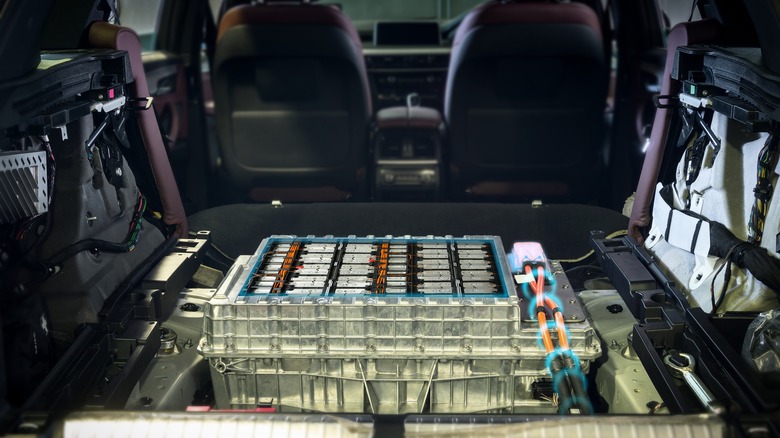This Start-Up Hopes To Use Old Tires To Power Electric Cars
According to a report from the Federal Highway Administration, in the United States alone, around 280 million used tires are tossed away each year, with only 30 million of those getting recycled, retreaded, or reused.
A separate report from the Tire Industry Project for the World Business Council for Sustainable Development says the Earth generates one billion end-of-life tires annually. If that's not a staggering enough statistic, as many as four billion more are likely sitting in landfills worldwide, just waiting for something to be done with them.
With over 8 billion people on the planet, resources are limited. Yet, global automobile production last year was north of 85 million vehicles. That's where a startup company in Valparaiso, Chile, called T-Phite, thinks it has a solution that can effectively kill two birds with one stone.
They have created a way to make battery-grade graphitic hard carbon, using carbon black extracted from the billions of existing end-of-life tires worldwide. Or, in layperson's terms, it takes old, used tires and turns them into graphite for use in lithium-ion batteries, the type currently used in most electric vehicles (EVs) as their power source. Not only that, but its production process minimizes environmental impact and has a much lower carbon footprint versus current graphite production methods. It might even lower the extraordinary cost of building and replacing EV batteries.
T-Phite'n the good fight
Tires burn once they reach a temperature of 600 degrees Fahrenheit. T-Phite's process, called pyrolysis, starts by sending old tires through large furnaces at extreme heat to melt them down into three molecular byproducts — pyrolytic oil, steel, and carbon black.
T-Phite pulls out the carbon black from the "tire waste" because of its superb electrical conductivity and transforms it into a graphitic hard carbon (which it calls T-Phite) which is then used to build electrical pathways (specifically the anodes) needed for energy to flow correctly inside lithium-ion batteries.
Despite the incredible potential to use an existing resource to create something new, this isn't a new discovery. Back in 2014, a group of scientists at the Oak Ridge National Laboratory in Tennessee discovered that carbon black could be refined from tires and better than other forms of carbon black extracted from other sources.
T-Phite hopes to follow a circular economy business model by using a nearly endless supply of something that is currently considered pure waste and reusing it to simultaneously fill the power needs of the next generation of EV transportation, thus creating a perpetual flow of value and indefinitely extending the life cycle of an unwanted product. And with any luck, it may help lessen the EV battery nightmare facing the United States.

